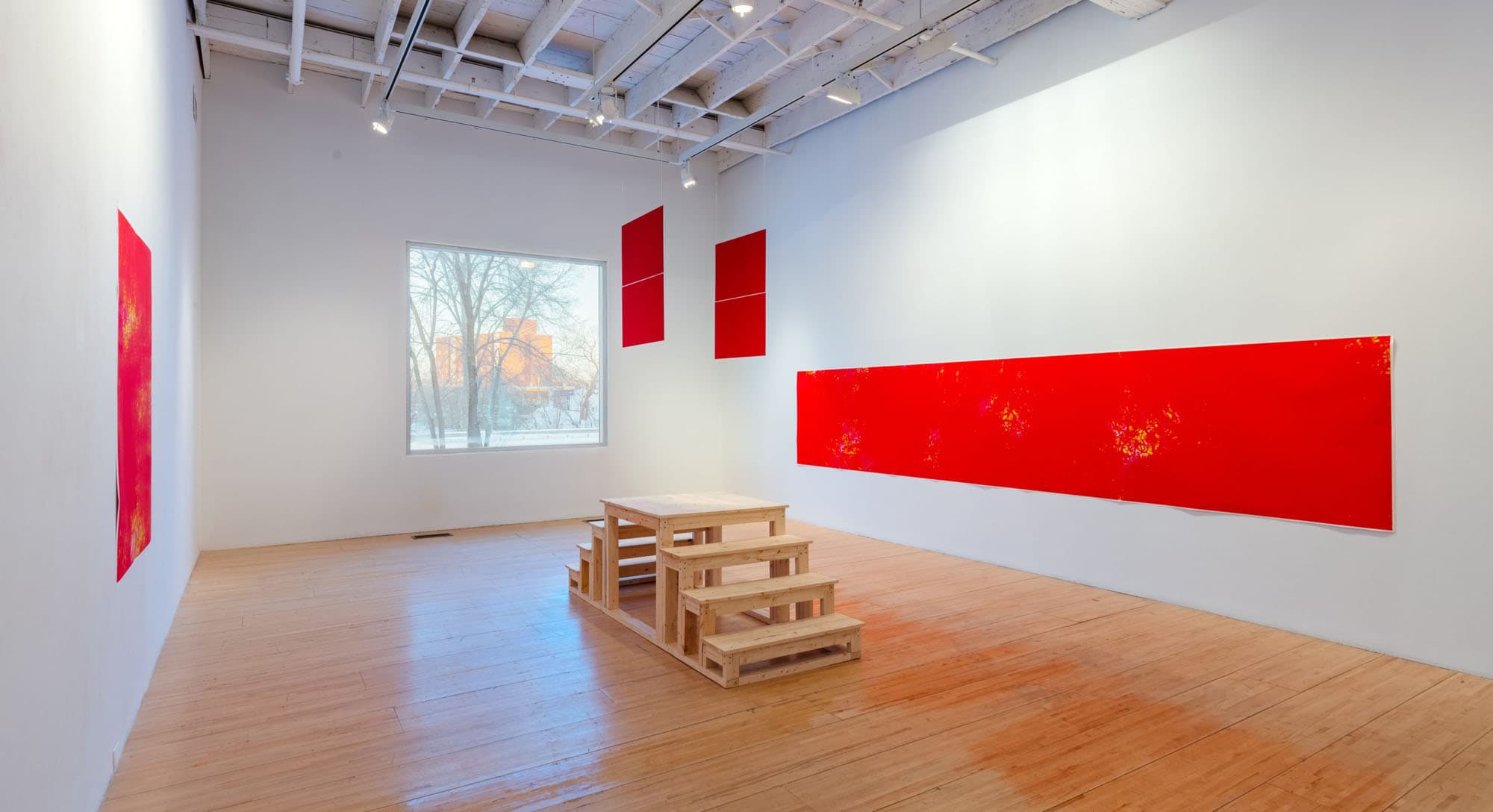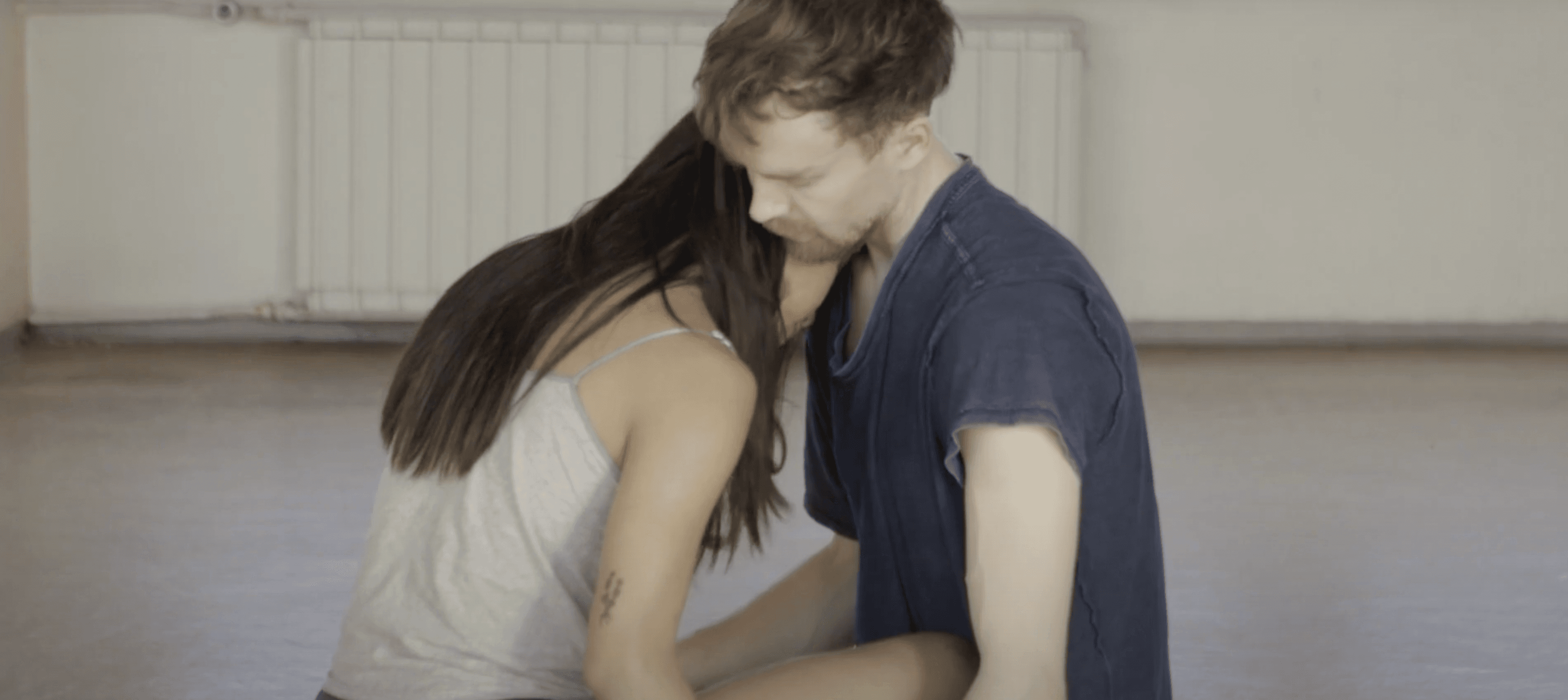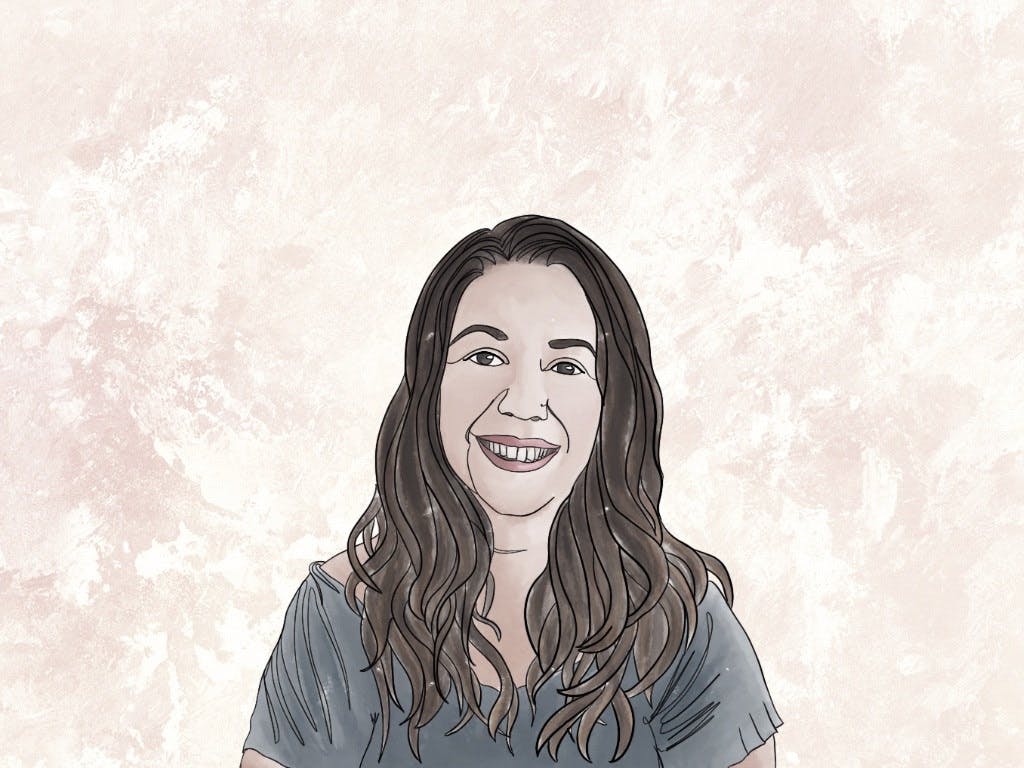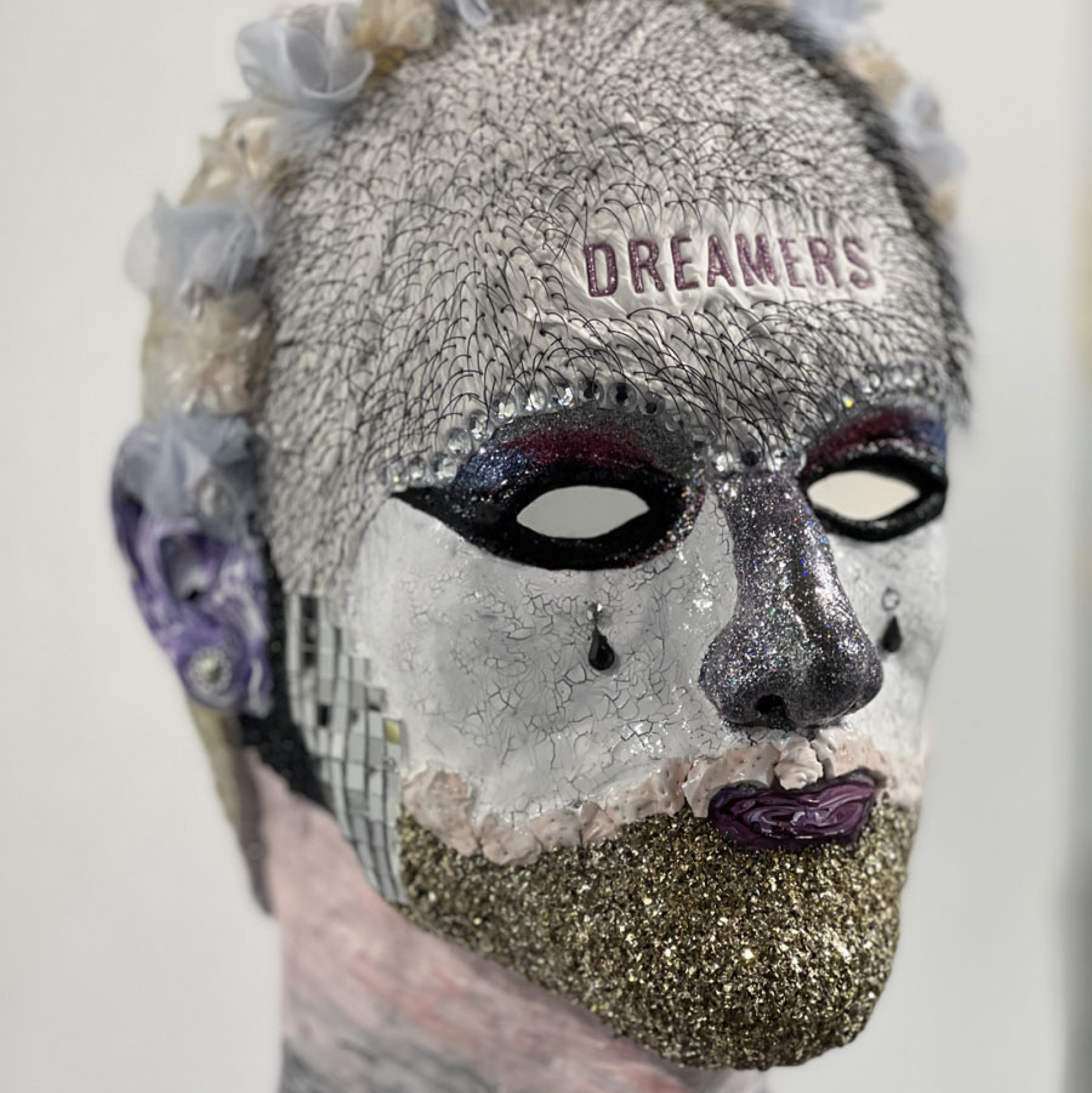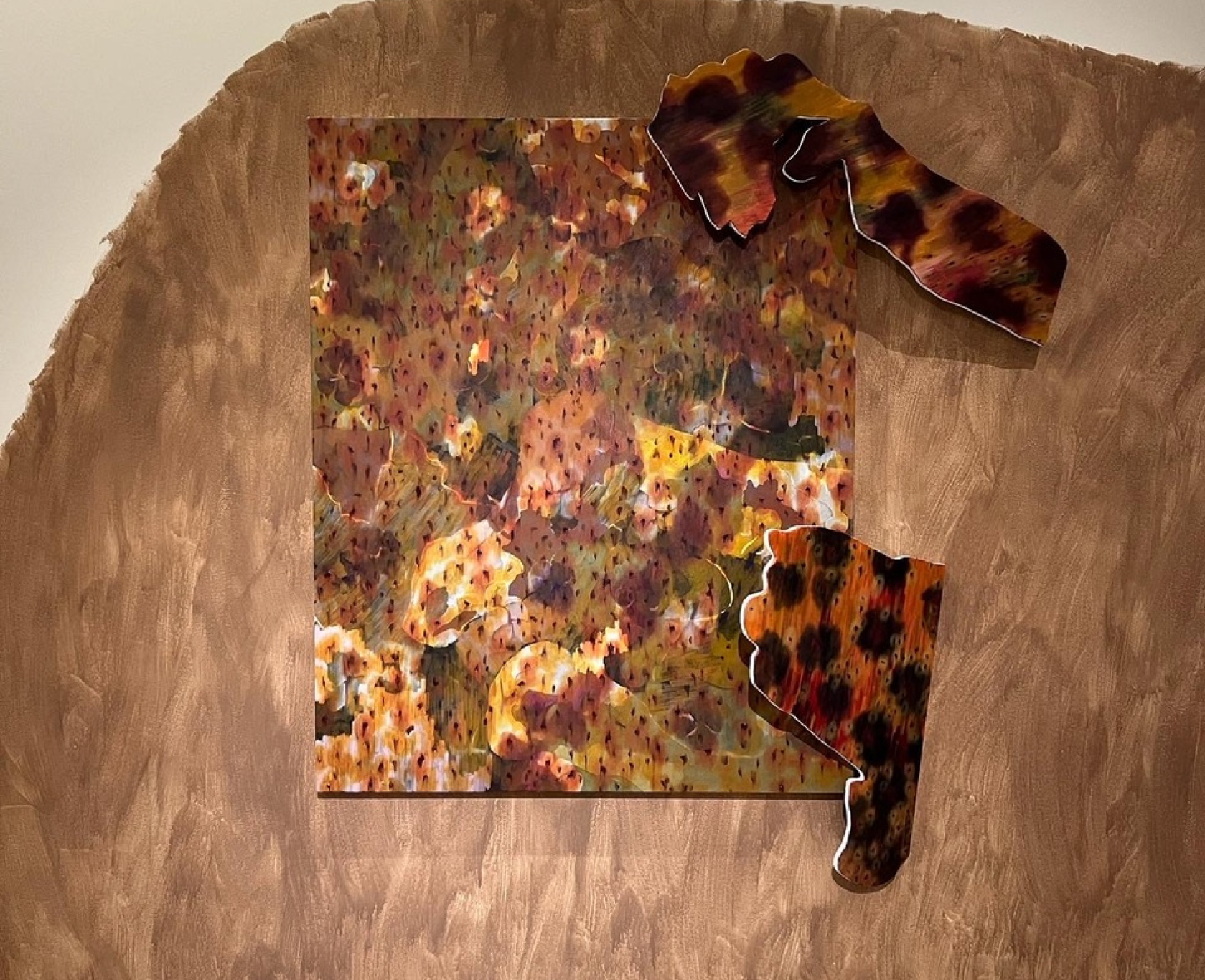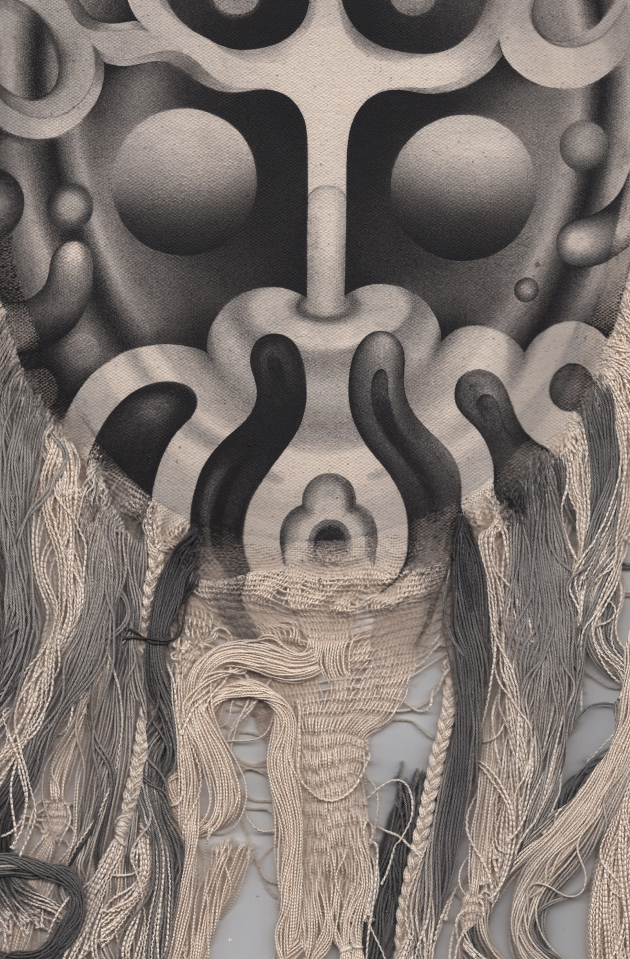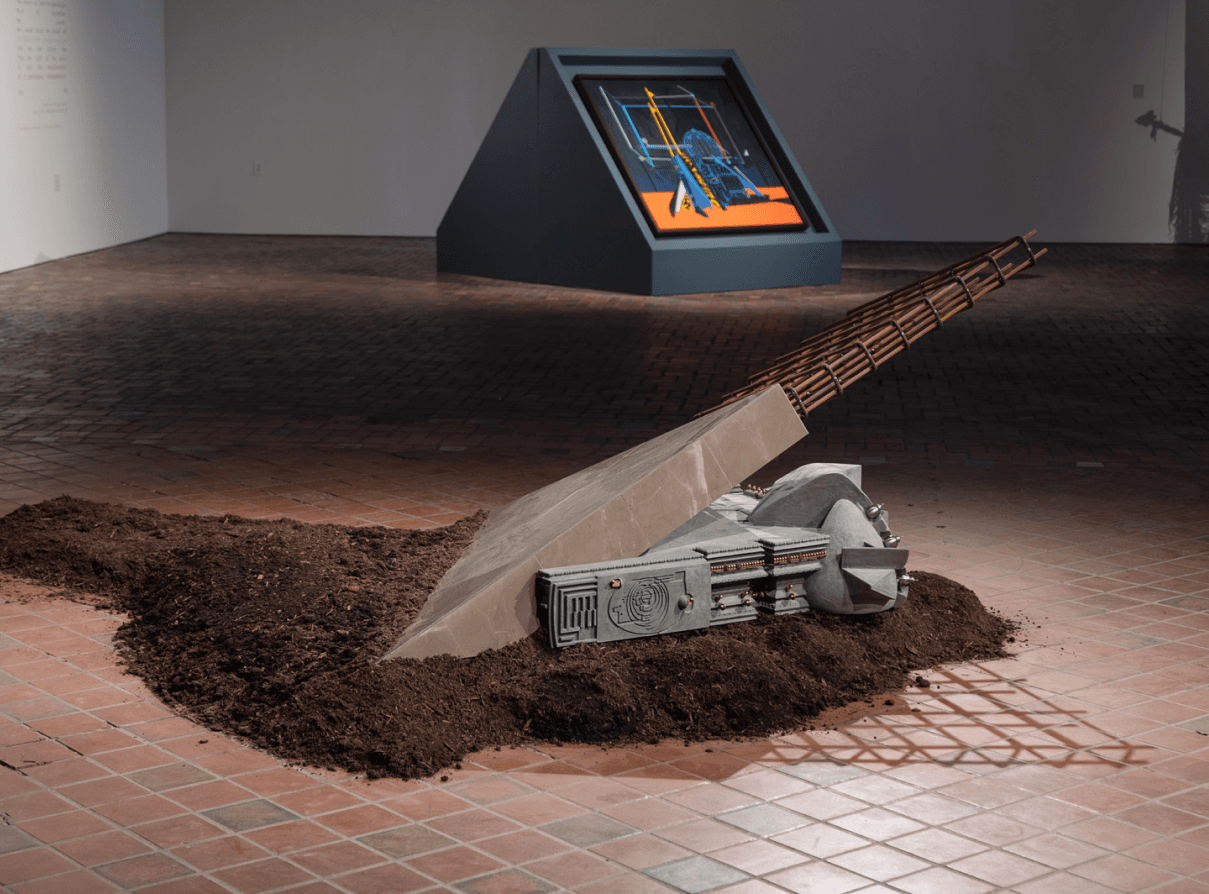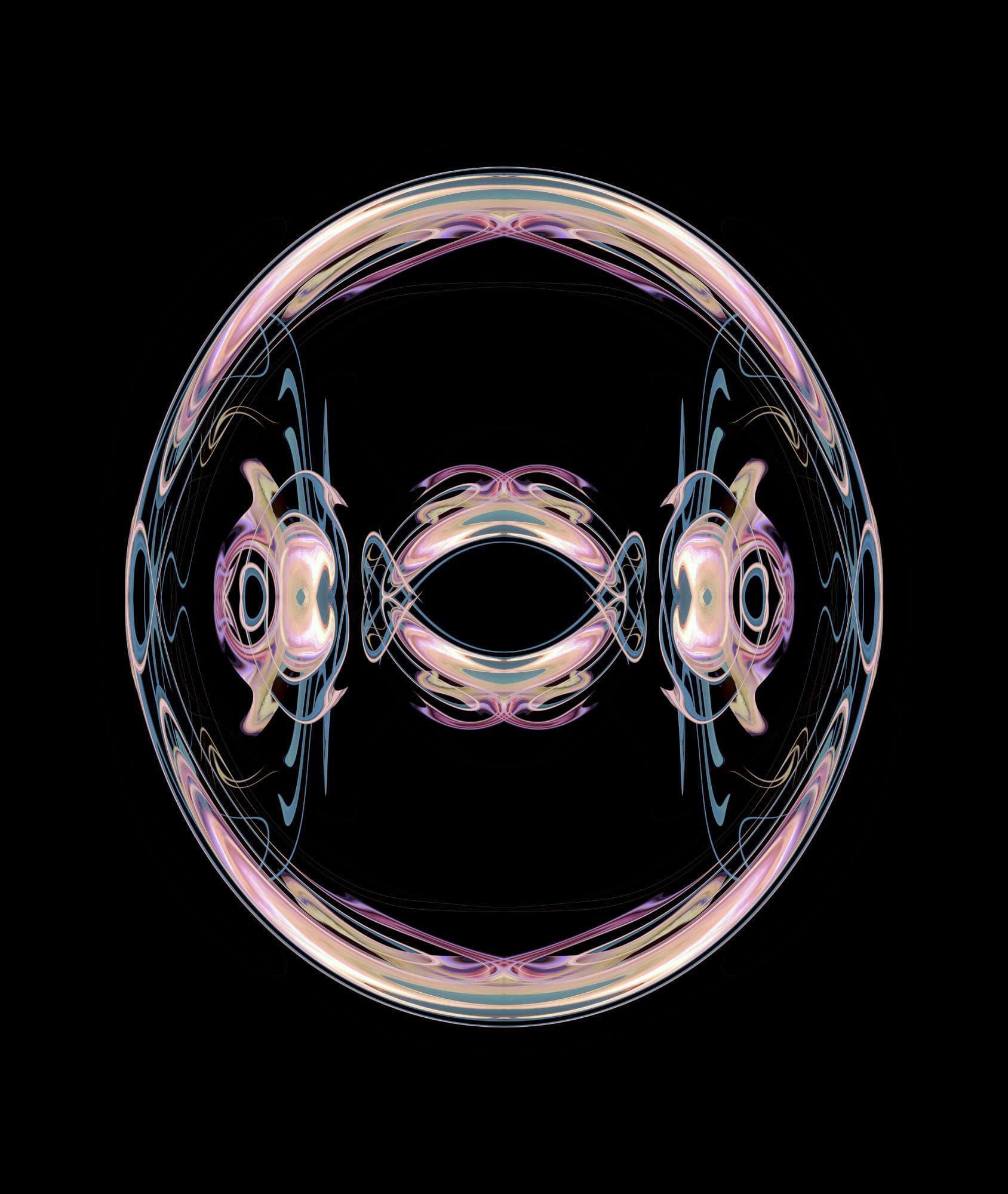
Violet Drake, From Water in Ecdysis: welcome, 2021
Shantha
I feel you put the multi in multi-disciplinary, how do you decide when and how to expand your practice?
Violet
I started writing poetry when I was 13 years old, and around the same time I got into multimedia digital art using images I found online in Photoshop. I was born and raised in a small coastal community on the Burin Peninsula in Newfoundland called Lawn. I am from the last generation of my hometown where we didn’t have high-speed internet until my later teen years. I am also from a generation where I was the only out queer or transgender person in my school. I was very much a social outcast. I didn’t participate in public life or social life outside my own small group of friends who were also a bunch of social rejects. As like most rural queer creatives, we find our community and passions through whatever we have.
In my case, being a millennial, it was the internet. Later on in my early adulthood I began an small photography practice to use in my digital art practice. Throughout my first ArtsNL project and this recent residency at Eastern Edge gallery, as part of their Art as a Tool for Change project, I was able to expand my professional visual arts practice once more by foraying into hand painted illustration. As I’ve aged and matured, I’ve become more confident at trying new forms and ambitious in my artistic dreams. I’m always thinking ‘what can I do next that I haven’t done before?’
As like most rural queer creatives, we find our community and passions through whatever we have.
Shantha
You mentioned Leelah Alcorn in one of your poems, and I remember thinking how her story blew up because of Tumblr, but pre-Internet access you probably wouldn’t have known.
Violet
That’s true. I mentioned her in my early poetry because she was one of the highest profile cases of transgender youth explicitly declaring their own trauma and agency, whose story I could find myself in. Prior to my university education, I learned everything I knew about trans and queer theory, realities, and history because of Tumblr. In retrospect, it’s been quite a significant amount of time since I wrote that poem. A lot of young queers today may not know who she is. I hope many do. Her story and legacy is important for us to remember, so referencing her was some sort of attempt of mine at keeping her in greater public consciousness.
Shantha
Science-fiction is a theme in some of your work, is that part of what drives your attraction to digital media in your art practice and how the internet connected you to virtual queer life?
Violet
Not quite. I’ve always loved horror, science fiction, and fantasy stories in both literature and film. I think what I felt, but couldn’t articulate properly as a teenager, is that I found belonging and catharsis through these character archetypes that moved me so deeply. Through their magic, supernatural abilities, or embracing parts of the in/human experience that we shy away from but nevertheless cannot escape. Why do so many geeky goth queers love this kind of media? Because most of us have been made to feel like freaks or monsters all of our lives by the society we find ourselves in.
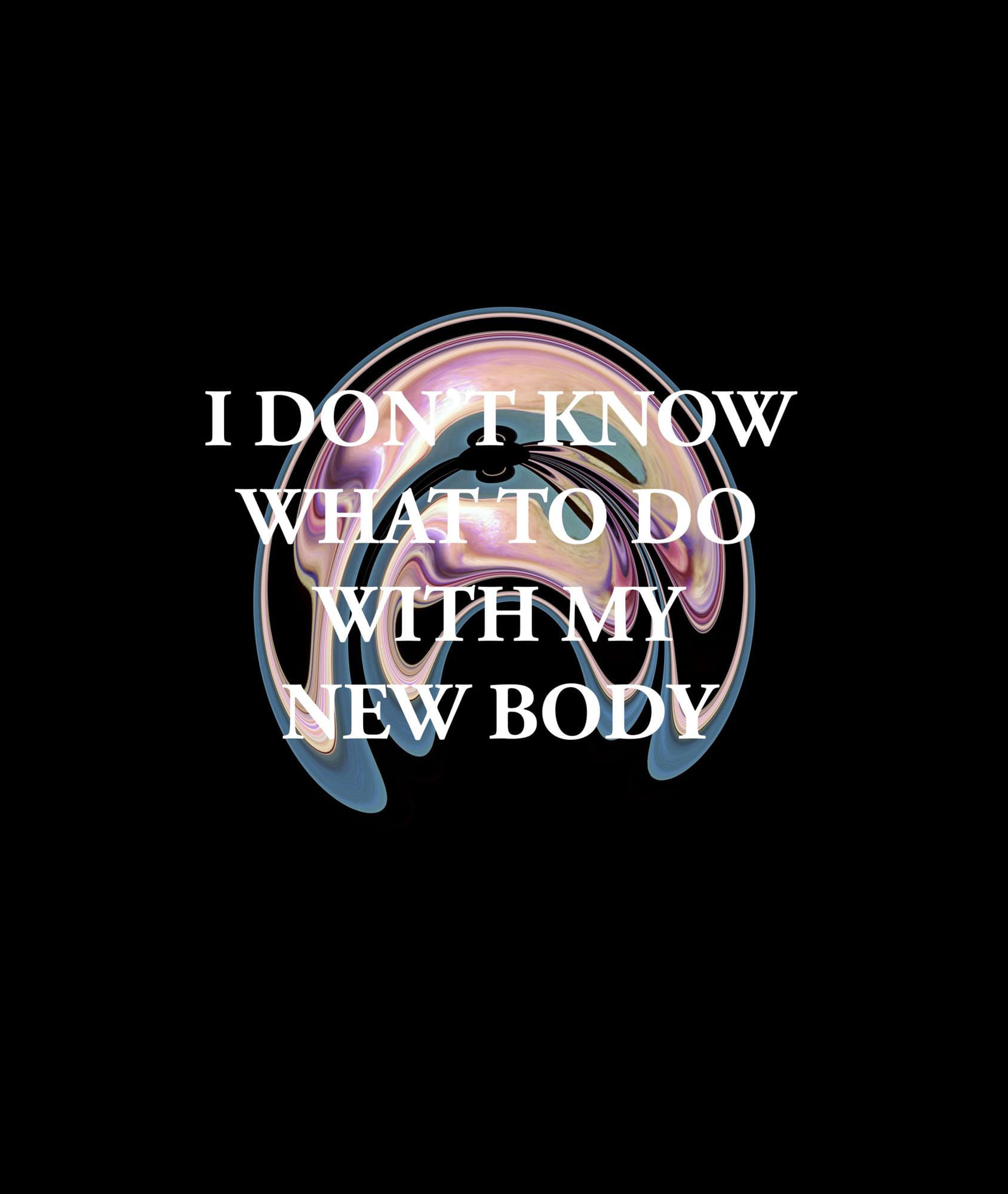
Shantha
Like the Babadook.
Violet
Shantha
You openly identify as a sex worker and describe yourself as ‘brazen’; tell me how that influences your artistic practice and Morgan Page being one of your major influences?
Violet
I’ve been called that all my life. What once was hurled at me for shame, now people celebrate me for. Its been a long and interesting road to wind up here.
Shantha
As someone who grew up 40 minutes from where you did, I understand that.
Violet
Brazenness is a feminist motif I love playing with. It can be understood outside of Newfoundland, but if you’re a Newfoundlander, it has a cultural life of its own. Where I grew up, I was the only unapologetically visibly queer and trans person. I came out to my abusive homophobic parents when I was 13. At 16 I headed to my Roman Catholic school wearing women’s clothes and drag makeup. I even had my first soapbox rant about queer rights in math class when the only teacher who acknowledged the awful bullying and abuse I endured by my peers gave me the opportunity to finally speak my mind before our lesson began. Growing up in the household I did, I felt like I wasted so much time not being true to who I was, I grew sick of it quite early on. I think I’ve always had a reservoir of inner strength because of that.
I met Morgan in person a few years ago, along with my close collaborator and best friend Daze Jefferies. Daze is a leading transgender artist, historian, and activist here in St. John’s. Both of us being alumni of the Gender Studies department at Memorial University of Newfoundland (MUN), we had the incredible opportunity to meet Morgan during a national sex work symposium the department hosted years ago. Morgan’s presence and her vital work was celebrated throughout the symposium. Morgan’s contemporary work is more history based and archival, but her earlier work showcased during this symposium focused on HIV and sex work activism using performance and video-based art in exciting and experimental ways. Ironically, she is also the author of BRAZEN, the official safer sex guide for trans women. Many other trans sex-working artists inspire me, such as Mirha-Soleil Ross, Kate Bornstein, and Nina Arsenault. All of these artists have not shied away from the realities of sex work and transness, and its role in their lives and practices.
For a lot of trans women artists, sex work is a hallmark of where they got their start. It’s a major economic enterprise a lot of us participate in because we have no other choice to make money, to make ends meet, to help our families, to make certain changes—whether it be related to our transitions or our career. Sex work will always be, and has always been a trans feminine labour. That is an integral part of transness, trans community and trans history around the globe. It would be dishonest and irresponsible for me to deny this, in some futile effort to sanitize myself or my practice to appeal to some patriarchal cisnormative morality. When I first started as a sex worker, I was so afraid of being found out. Imagine me, the kid who came out about my sexuality at 13, to be back in the closet again at 20 about this. As I’ve matured in my practice as both a sex worker and artist, I’ve found peace and power through being truthful.
That really inspires the brazenness of my practice, the openness, the vulnerability of it, the rawness
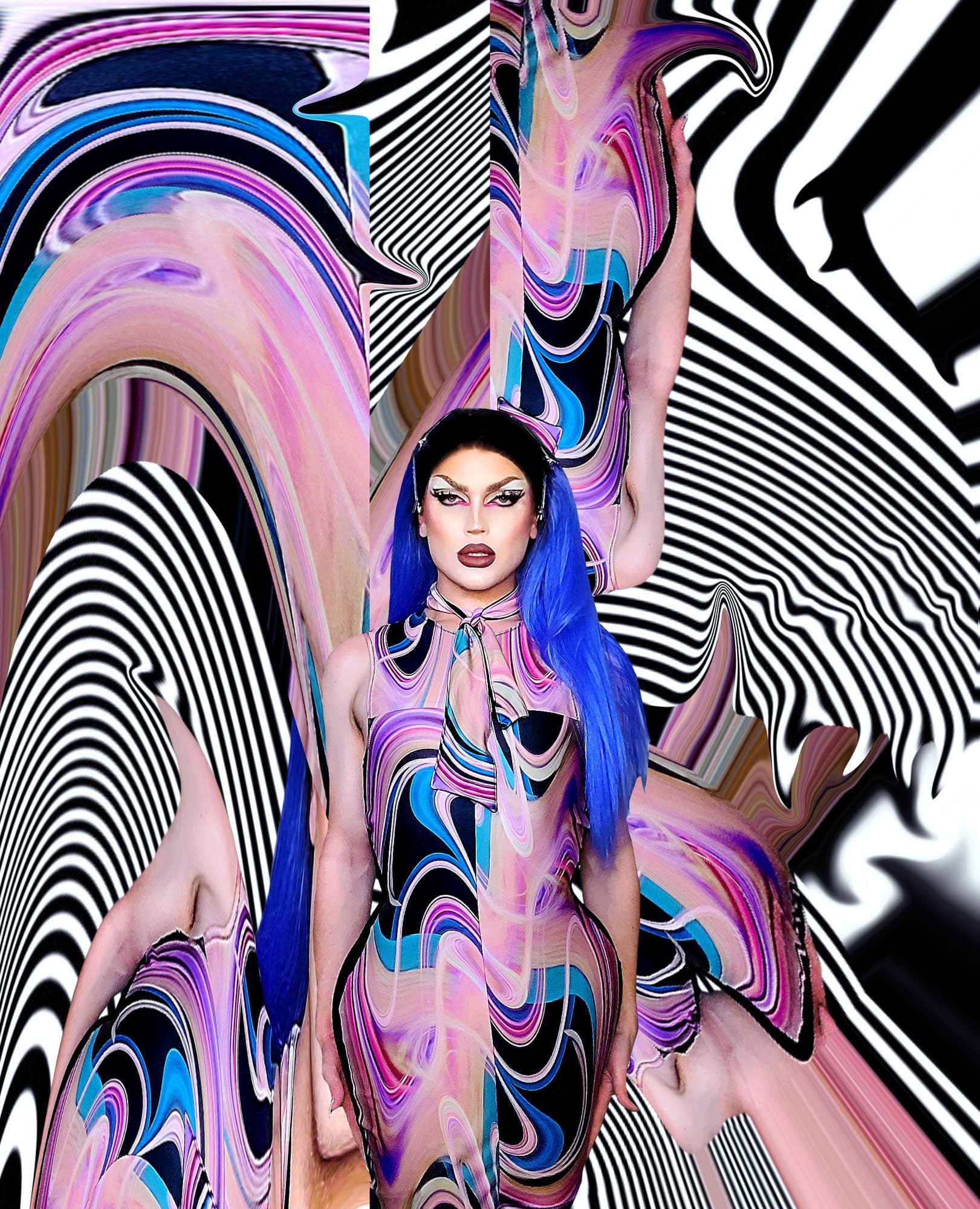
Violet Drake & Tara Nova, Novalgia, 2021
Shantha
As part of Psyren’s Call, you’ve written poetry addressing sex work…
Violet
hose poems were originally written for an anthology of sex working poetry called Hustling Verse. Of course this wasn’t the first time I’ve written about sex work. Two poems from estrogenesis, “Ghost Girl” and “Half-Life”, were the first poetic pieces about my experiences in sex work. They’re darker and more introspective; “Mr. John” and “Gone to the Dogs” are lighter saucy pieces. Daze and I found there is very little written by sex workers in Newfoundland and Labrador’s literary canon, so we felt it was our duty to start creating these artistic histories and lay a foundational groundwork for that work to exist and be celebrated here. All of these poems are somewhat old in my catalogue, but they’re still extraordinarily relevant today, as the local sex trade hasn’t really changed all that much, or changed for the better…
My earliest poems about sex work were originally wrote and performed during the second leg of transversing, an all trans theatrical poetry show, directed by Bernadine Ann Teraz Stapleton and Sharon King Campbell. These two juggernaut forces in NL arts gave us, a bunch of marginalized trans youth, the rare opportunity to share our stories however we wanted with no censorship in our own words. I took it upon myself to be brave and write about sex work, because it was my lived experience at that time. This pivotal opportunity came at the beginning of my artistic career. At that time I didn’t have much infrastructural support as an artist. I’d never received a grant nor had a residency up to that point. Sex work was my lifeline, so I figured I may as well be honest about it.
...as auesterity and economic stratification runs rampant throughout this province.
Shantha
On that note, could you share a little bit more on how acting and spoken word fulfills your art practice?
Violet
I got my start in performance-based poetry in my early twenties, connected to the traditional queer, spoken word, slam poetry, style of performance. The first person to give me space to speak publicly as a poet was a good friend of mine, Jude Benoit, a local legendary two-spirit land protector, queer and trans artist. A few years later, Bernadine heard Daze and I read speeches for the local 2017 Trans Day of Remembrance celebration. Impressed, she solicited us for the transversing project, which was quite a big deal for us both as neither of us had done professional theatre before. A few years later Terri Andrews, artistic director of TaDa! Events, was doing a production of The Vagina Monologues here in the city. She expressed to Bernadine her desire to have the trans monologue in the show to be performed by a trans actor, so Berni recommended me.
To my knowledge, I am the first trans person to perform The Vagina Monologues professionally on the main stage in Newfoundland and Labrador history. The connection and understanding Terri and I had during production made our adaptation of the work special to our local artistic and cultural history. It’s important for trans people to be telling trans stories, and I grew so much as an actor through that wonderful opportunity.
It’s important for trans people to be telling trans stories
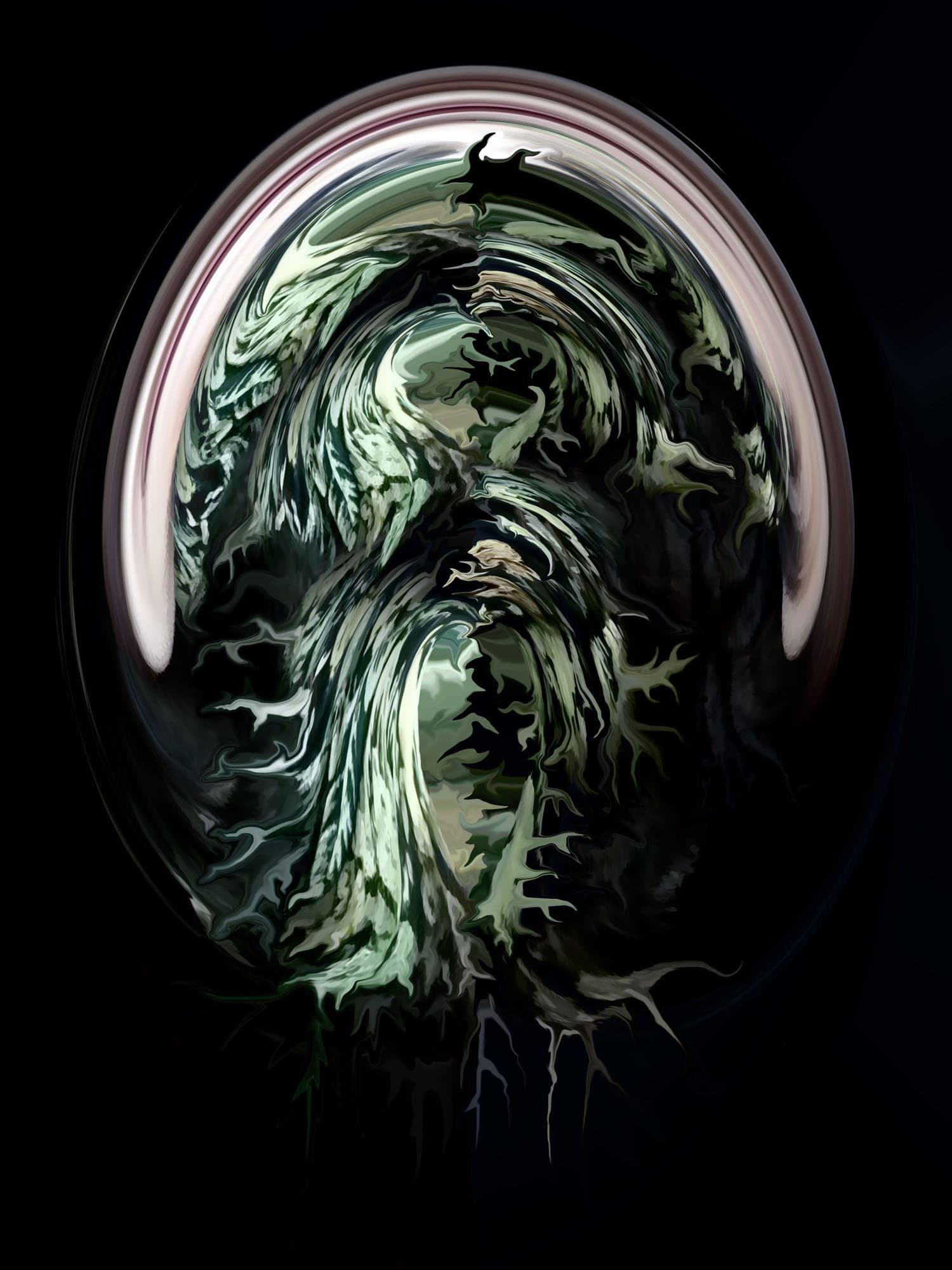
Violet Drake, Abyssal Incline: Voyage, 2021
Shantha
Do you think that you might ever experiment with performance art?
Violet
I would love to. That’s where the future of my practice is headed! My favourite kind being drag, which I have long admired since my teens. Now that I have grown and matured as an artist, I think it’s the perfect opportunity for me to entangle all things I love together in a queer and trans art form with great history and community both on and off the island.
Shantha
You have images of St. John’s drag performer Tara Nova, wearing a dress printed with your art. Are you expanding into textiles and fashion?
Violet
Working with Tara inspires me endlessly to further my practice, in and out of drag. She was an important supporter of mine during residency, and I look forward to working with her more in the future.
Shantha
Can you talk a bit more about your history of neurodivergence and how it relates to your practice?
Violet
Now more than ever, I identify as a disabled artist. I have mental and physical disabilities which have increased more throughout my lifespan. I live with chronic pain and exhaustion, as well as C-PTSD and ADHD. I’ve been neurodivergent all my life, but I had no idea until my recent diagnosis of adult ADHD. When I look back at my life from the beginning to the present, it makes perfect sense. I’ve did away with the shame, ignorance, or misunderstanding about my conditions. These days I lean into my crip-ness and my neurodiversity. The only problem now is all the red tape around income and taxes for those who have the small amounts of governmental support allocated to us. Of course I am not the only one navigating this fucked up system. Having hegemonic employment is not an option for a lot of us…
...we have to find alternative ways of survival neurotypical or abled people never have to worry about.
Shantha
During a panel for International Women’s Day, you spoke a lot about community work. What does that look like for you?
Violet
Since the beginning of my professional practice, I have been working towards a world where my art and activism melt together as one. Thankfully these days I can say this is true. By changing the shape of the literary and artistic canon here in this place in some small way, it is my hope to further encourage more queer and trans creative labour here at the Atlantic Edge. With that being said, I have never ceased grassroots organizing. Activism can take place in many different ways. It can be a bunch of queers coming together making a zine, or it can be doing drag. It can be cooking food for community supper and feeding people. It can be creating a bake sale at MUN and donating all the proceeds to Quadrangle. It can be having a gender friendly and gender inclusive clothing swap. It can be highlighting artists in your area who inspire you. It can be almost anything as long as it has a direct material benefit to your local or wider community.
I truly believe the most impactful activism people can participate in is community-based organizing, because it actually affects your neighbours. I’ve been queer and trans in this city for a decade, and I’ve been both the recipient of and the participant in these actions. Never, ever forget your crowd/our crowd—even though we live in a culture that still marginalizes us, it is my hope that my work is loud in its message: you can’t give up the ghost because you don’t belong in the world you find yourself in. There have been and always will be worlds our communities have created for ourselves where we can be celebrated as we are. The people in them are vital and important for your survival as a queer, trans, and/or disabled person. You just have to find them, or create your own, and let everybody else catch up eventually.



